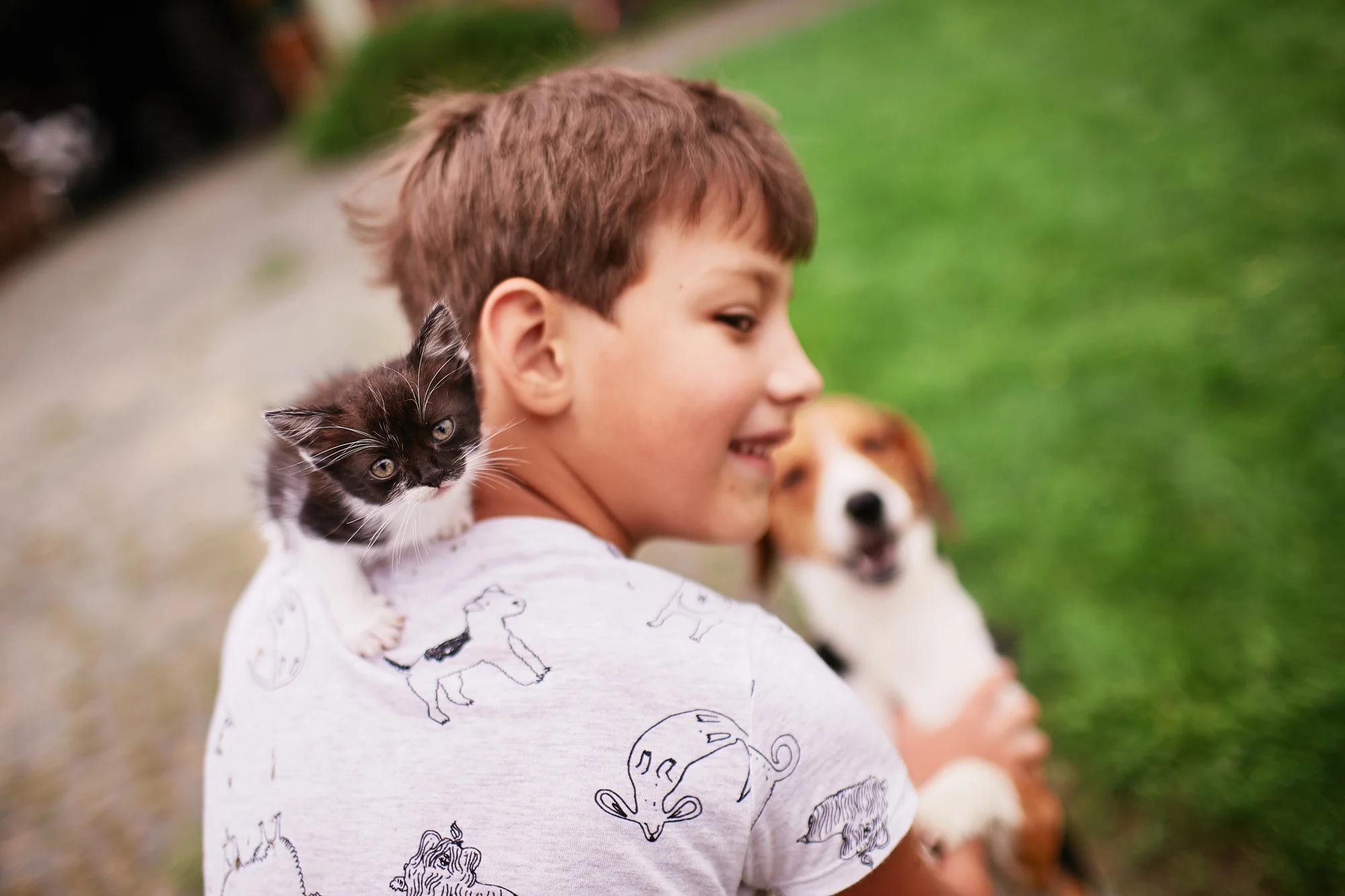Keywords
1. Dog and Cat Bites
2. Post-Exposure Prophylaxis
3. Left-Behind Children
4. Animal Bite Incidence
5. Rabies Prevention
As cases of animal bites remain a significant concern for public health, a recent study published in BMJ Open is shedding light on the characteristics and factors associated with the post-exposure prophylaxis (PEP) treatment following dog and cat bites among left-behind children in China. With millions of people, particularly children, suffering from animal bites annually, understanding the dynamics of PEP treatment in vulnerable populations has become crucial.
DOI: 10.1136/bmjopen-2018-024764
Background
According to the World Health Organization, tens of millions of individuals around the globe sustain animal bite injuries each year, many of which are inflicted by dogs and have the potential to transmit rabies if not treated promptly.
In China—a country with a significant portion of its child population living in rural areas without their parents, known as left-behind children—concerns over timely and appropriate PEP treatment are heightened due to factors like distance from medical facilities and lack of supervision.
Findings From the BMJ Open Study
The cross-sectional study, conducted in Shenzhen and Shantou cities of the Guangdong Province, involved a large sample of 9380 participants, 2236 of whom reported a history of dog and cat bites. The research intended to uncover patterns associated with the administration of PEP treatment in these bites among the left-behind children demographic.
Injured children were predominantly bitten on holidays rather than school days, and those bitten while being with their family and on the roadside were more likely to receive PEP treatment. Moreover, when the animal involved in the incident was unvaccinated, children were more inclined to receive proper PEP. In terms of wound severity, bleeding and laceration stood out as influential factors prompting treatment.
Risk factors that impacted the receipt of PEP included bites that occurred during holidays, indicative of a possible influence of access to care during these periods.
Implications of the Research
The study’s results emphasize the need for enhanced awareness among left-behind children about the importance of obtaining timely PEP treatment in case of dog or cat bite injuries. It also points to the necessity for better health education and improved access to medical care, especially during holiday seasons.
References
1. Yan Shuzhen et al. Characteristics and factors associated with post-exposure prophylaxis (PEP) treatment of dog and cat bites among left-behind children: a cross-sectional study in two cities of China. BMJ Open. 2020;10:e024764.
2. Hampson K. et al. Estimating the global burden of endemic canine rabies. PLoS Negl Trop Dis. 2015;9:e0003709.
3. Centers for Disease Control and Prevention (CDC). Nonfatal dog bite-related injuries treated in hospital emergency departments-United States, 2001. MMWR Morb Mortal Wkly Rep. 2003;52:605–10.
4. Benson LS. et al. Dog and cat bites to the hand: treatment and cost assessment. J Hand Surg Am. 2006;31:468–73.
5. Miao C. Prevention and treatment measures of class II and III exposure after animal bite. Chinese Community Doctors. 2017;36:14–16.
The study not only enriches the existing body of literature on animal bite injuries and their aftermath but also provides actionable insights for policymakers and healthcare providers to improve the response to such incidents among particularly vulnerable populations like the left-behind children in China.
It is crucial to address the educational, infrastructural, and cultural factors that lead to delays in PEP treatment, as rabies is nearly always fatal once clinical symptoms appear. With early and appropriate PEP treatment, rabies is preventable, highlighting the importance of recognizing and eliminating barriers to accessing PEP.
Recommendations for Future Steps
The report calls for concerted efforts by local health departments, schools, and children’s guardians to raise awareness and understand the urgency of seeking timely medical intervention after an animal bite. Additionally, it stresses the need for better surveillance of rabies vaccination in domestic animals, and for targeted educational programs that cater specifically to the timings and circumstances under which left-behind children are more vulnerable.
Conclusion
With rabies being an ongoing threat in many regions, research such as this helps highlight the gaps in public health strategies and, more specifically, the outreach to left-behind children. This vulnerable demographic often lacks the necessary knowledge and resources to navigate the aftermath of an animal bite. It’s clear from the BMJ Open study that there is a need for systemic changes that adhere to both the immediate and long-term needs of these children.
In summation, the fight against rabies and other animal-bite-related infections is not just medical but also a socio-economic challenge that requires a multi-dimensional approach involving education, infrastructure, and policy amendments, especially in the context of left-behind children in populous countries like China.
